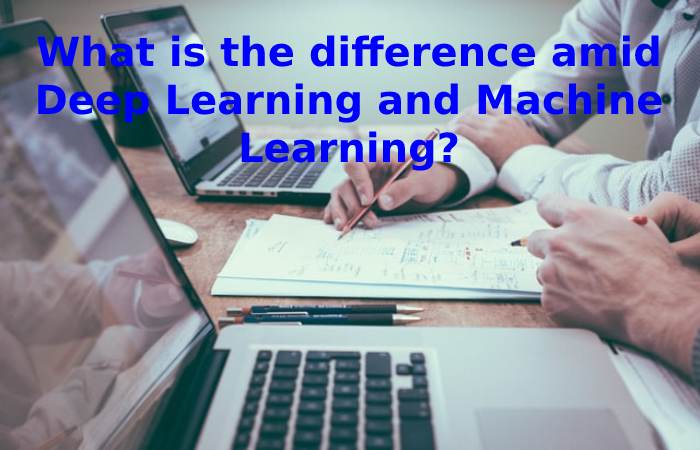Table of Contents
What is Deep Learning?

Deep learning is a special method for information processing and a sub-area of machine learning and artificial intelligence. Deep learning uses neural networks to analyze large data sets. This functionality used by deep learning acts in a similar way to the human brain. In doing so, data is first extracted, then analyzed in order to subsequently draw up a conclusion or prognosis. In practice, deep learning is mainly used to recognize images, understand texts or for better decision-making.
The basis of deep learning, neural networks, has been around since the early 1940s and is not a new topic. However, big data and the growing computing power (through graphics cards) are rapidly gaining attention. Deep learning solves problems that cannot be solve without these approaches.
DL is highly computationally intensive. The training can last for months to be able to make good predictions and decisions. The reason for this is complex architectures and millions of model parameters.
What is the association between Deep Learning and artificial neural networks?
Artificial neural networks are algorithms that are model on the biological model of the human brain. It is use to recognize patterns, interpret texts, or help us form clusters and classify objects on images.
Of course, a DL algorithm becomes like anyone machine learning algorithm trained on data. Artificial neural networks are often very complex, which interprets individual decisions as challenging to understand.
Why is D-L meaningful?
There are problems, such as unstructured image and text recognition or the development of recommendation systems in marketing, which can be map particularly well with neural networks. It is where artificial neural networks show their strengths.
The more significant the amount of data, the better profound learning works.
A good example is speech, text, and image recognition.
But structured data can also be processed well with neural networks, especially when a lot of data is available.
Big data technology and the steadily growing amount of data play a decisive role in the success of these approaches. Without big data, neural networks often work worse than classic machine learning, as the following diagram by the renowned DL expert Andrew Ng clearly shows.
What is the difference amid Deep Learning and Machine Learning?

Deep learning is a subsection of machine learning, so deep learning is always machine learning. However, it is worth taking a earlier look at the capabilities of these two types of machine learning, as both have different properties.
To better delimit the terms, we subdivide them into DL and “classic” machine learning. Classic machine learning refers to the methods that do not use artificial neural networks. Deep understanding, on the other hand, only uses artificial neural networks.
Thus, the main difference between DL and classic machine learning lies in processing unstructured data through artificial neural networks (ANN).
Artificial neural networks can convert unstructured information such as text, images, sounds, and videos into numerical values.
Is Deep Learning Overrated?
The question of whether DL is overrated is easy to answer: no.
Today, problems can be solve by neural networks that were previously considered unsolvable, in the desired quality for classic machine learning methods.
Also, reinforcement learning, used for autonomous vehicles and robotics, is only possible through DL methods. Such applications will significantly change our daily life in the next few years.
What are the use bags for Deep Learning?
DL is a powerful tool for problem-solving in data processing in the area of big data. The use cases in the business environment are correspondingly diverse. We looked at seven compelling use cases for you and outlined them briefly. These illustrate the paramount role DL plays for companies today.
In the following, I will go into seven use cases of DL in different company areas and industries.
